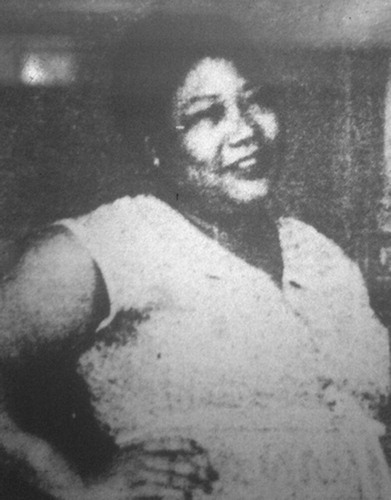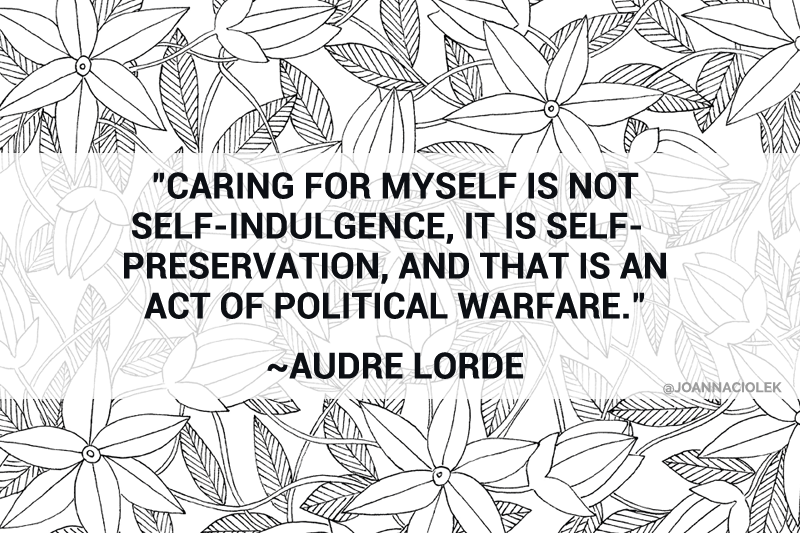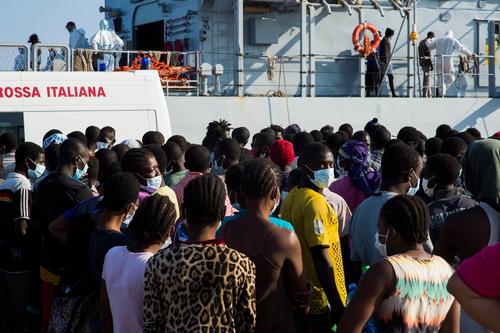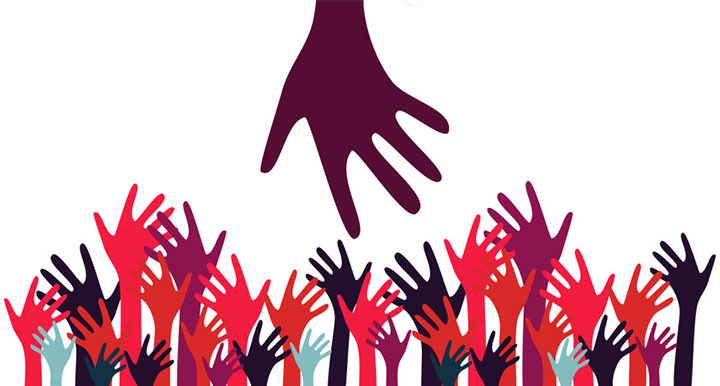
This week, with evictions and even more the threat of evictions rising across the United States; with police violence spreading and intensifying, especially in communities of color; with police home invasions, as happened to Breonna Taylor, spreading with impunity; with a national election; we must discuss Eleanor Bumpurs. On November 4, 1984, Eleanor Bumpurs was laid to rest. Soon after Eleanor Bumper’s death, her daughter, Mary Bumpurs, would begin a lifetime of Black feminist social justice organizing in her mother’s name. In 1989, Spike Lee dedicated his film Do The Right Thing to six victims, six martyrs, of police brutality and racist violence: Eleanor Bumpurs, Michael Griffith, Arthur Miller, Jr., Edmund Perry, Yvonne Smallwood, and Michael Stewart. Two weeks ago, on Saturday, October 17, the families of Eleanor Bumpurs and of Breonna Taylor joined together to lead a State of Emergency Get Out The Vote Rally in New York. At that rally, Eleanor Bumpurs’ granddaughter, also named Eleanor, asked, “When does it stop? When we do become somebody that somebody thinks about?” Eleanor Bumpurs. Breonna Taylor. #SayHerName
Eleanor Bumpurs came to national attention on October 29, 1984. Here’s how Patricia Williams told the story, in 1987: “On October 29, 1984, Eleanor Bumpurs, a 270-pound, arthritic, sixty-seven-year old woman, was shot to death while resisting eviction from her apartment in the Bronx. She was $98.85, or one month, behind in her rent.’ New York City Mayor Ed Koch and Police Commissioner Benjamin Ward described the struggle preceding her demise as involving two officers with plastic shields, one officer with a restraining hook, another officer with a shotgun, and at least one supervising officer. All of the officers also carried service revolvers. According to Commissioner Ward, during the course of the attempted eviction Mrs. Bumpurs escaped from the restraining hook twice and wielded a knife that Commissioner Ward says was “bent” on one of the plastic shields. At some point, Officer Stephen Sullivan, the officer positioned farthest away from her, aimed and fired his shotgun. It is alleged that the blast removed half of her hand, so that, according to the Bronx District Attorney’s Office, `[I]t was anatomically impossible for her to hold the knife.’ The officer pumped his gun and shot again, making his mark completely the second time around.” Sullivan was later charged with manslaughter. The court dismissed the case, finding the evidence “legally insufficient”. After the ruling, Sullivan described himself as “ecstatic”. When asked if, given the same circumstances and hindsight, would he do the same thing, Sullivan answered, “Yes, I would.” Yes, he would. So would his descendants. Ask the family and friends of Breonna Taylor.
Eleanor Bumpurs led a full life, full of laughter, sorrow, insight and more. Eleanor Bumpurs’ daughter, Mary Bumpurs, knew that and refused to let her mother be reduced to a victim of police violence. She sued the City and won, but more importantly, she went on to organize, for decades, in the name of the Disappeared of the United States: Black mothers and fathers, daughters and sons, brothers and sisters, neighbors and friends, strangers become kin. As LeShawn Harris recently noted, “When her mother died, a community activist was born.”
In 1986, Audre Lorde wrote “For the Record: In memory of Eleanor Bumpers”
“For the Record
In memory of Eleanor Bumpers
Call out the colored girls
and the ones who call themselves Black
and the ones who hate the word nigger
and the ones who are very pale
Who will count the big fleshy women
the grandmother weighing 22 stone
with the rusty braids
and gap-toothed scowl
who wasn’t afraid of Armageddon
the first shotgun blast tore her right arm off
the one with the butcher knife
the second blew out her heart
through the back of her chest
and I am going to keep writing it down
how they carried her body out of the house
dress torn up around her waist
uncovered
past tenants and the neighborhood children
a mountain of Black Woman
and I am going to keep telling this
if it kills me
and it might in ways I am
learning
The next day Indira Gandhi
was shot down in her garden
and I wonder what these two 67-year old
colored girls
are saying to each other now
planning their return
and they weren’t even
sisters.”
When, in 2020, the family of Breonna Taylor joins with the family of Eleanor Bumpurs and declares that justice shall prevail, shall persist, through the current state of emergency, Eleanor Bumpurs and Breonna Taylor are busy planning their return … and they were sisters. Eleanor Bumpurs. #SayHerName #BreonnaTaylor #SayHerName
(Photo credit: Souls)




